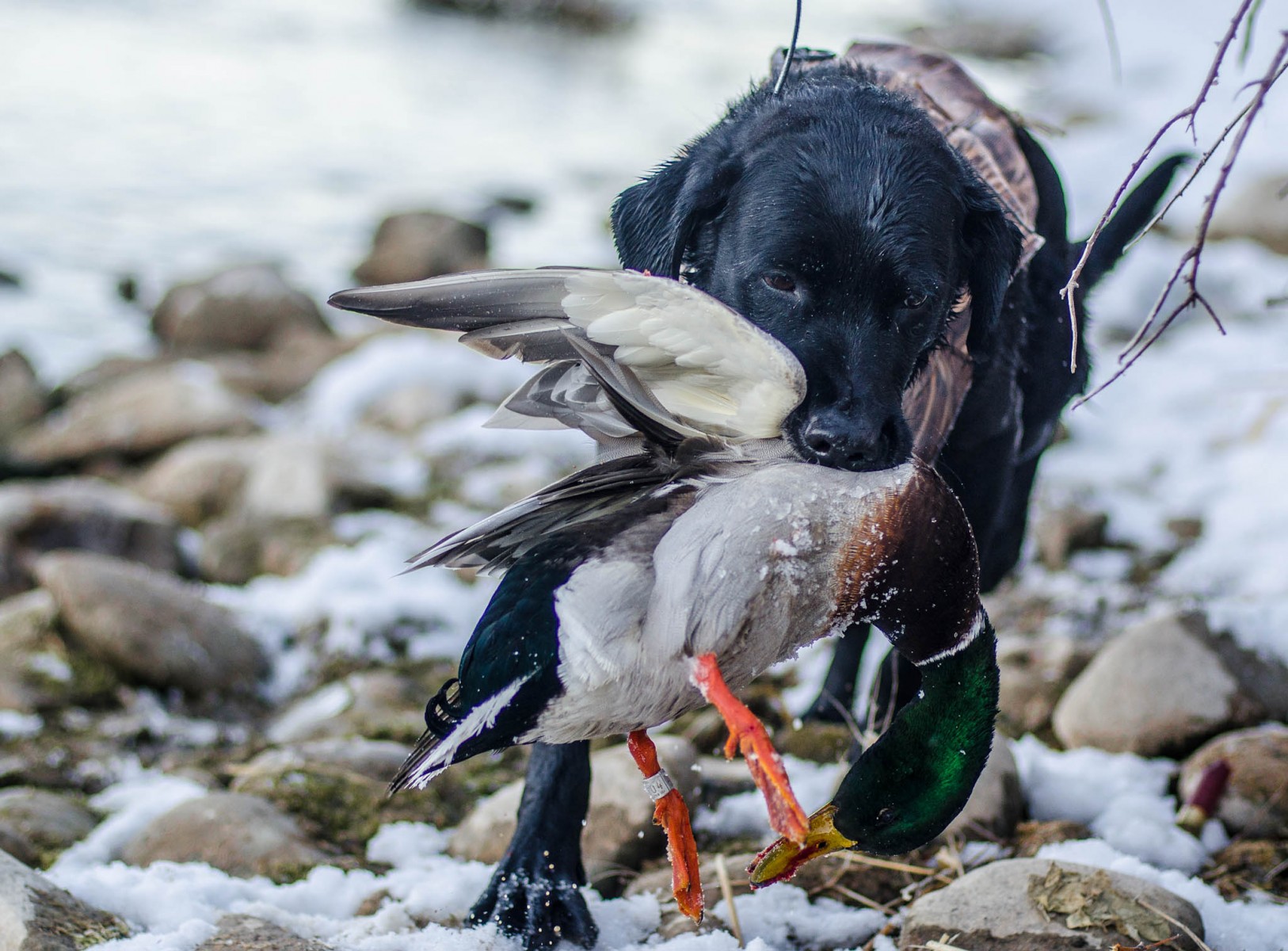Banded

The bird flared as we raised our shotguns, the report was simultaneous. Folding neatly the greenhead splashed soundly onto the water. The old lady made quick work of the retrieve. I admired the brilliant colors of the speculum, before setting the bird behind me. It wasn’t until we were home in my garage that we noticed the band.
I’m embarrassed, but I just didn’t see it at first. Truth be told it was the first banded bird I had any claim to. Given my locale and the relatively modest amount of duck hunting I do, this comes as no surprise. They are rare everywhere and particularly rare where I live. Looking back through my images from the day it’s a wonder I had some that showed off the band so prominently. I’ll take a little luck now and again.
So much worth is placed on collecting bands, but as I held my first I couldn’t help think it’s not all it’s cracked up to be. Was this bird more special because at some point he had been captured, banded and released?
Banding has been an incredibly effective conservation tool, giving us a wealth of information about distribution, migration routes and the like, which has led to national and multi-national strategies to protect waterfowl. But viewing them as something akin to a diamond from Tiffany and Co., that serves as a symbol of one’s duck hunting prowess, is a stretch for me. However, when my kids and I huddled around the phone, calling the number on the band, we were eager to learn more about this ducks history.
Banded August 8, 2008, 11 miles north of Scandia Alberta, this mallard cruised the skies of North America for at least five and a half years, possibly much longer. His demise ultimately came some 640 miles South of where he was banded. With an average lifespan of 3 years in the wild, this proud bird skewed the average.

